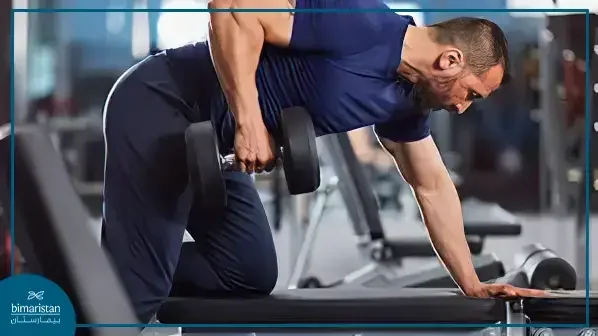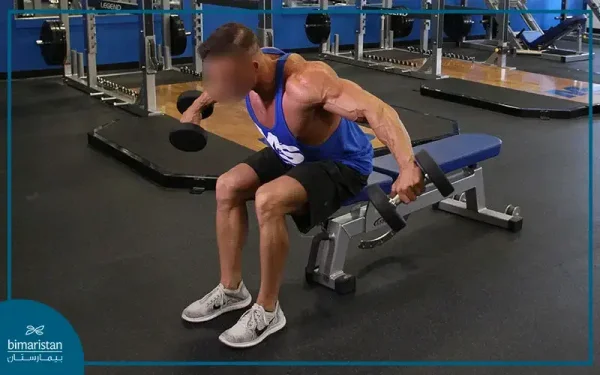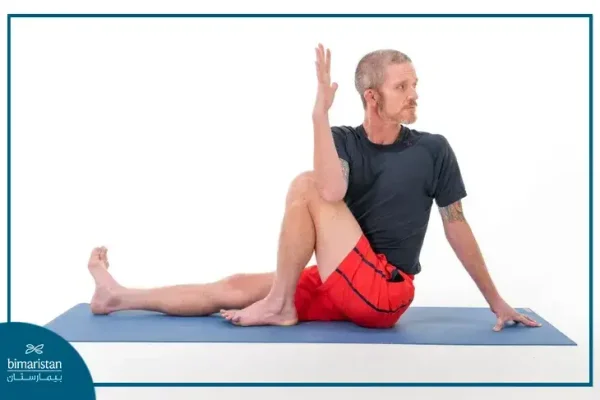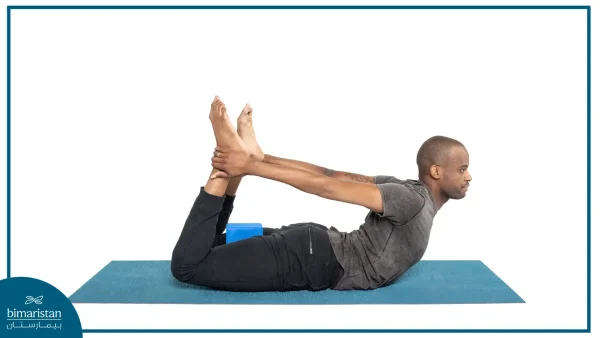Exercises to treat Pectus excavatum in Turkey are considered an effective and natural option, as they strengthen the chest muscles and improve their appearance without resorting to surgery.
Pectus excavatum is a concern for many women worldwide, as the chest is a fundamental aspect of natural beauty and self-confidence. With medical advancements and an increasing focus on health and beauty, various safe and effective techniques have become available to women to address pectus excavatum.
Thanks to medical progress and outstanding healthcare facilities in Turkey, women can now benefit from various physical therapies for pectus excavatum. Exercise stands out as an effective and natural option, allowing them to strengthen their chest muscles and improve their appearance through pectus exercises.
This article introduces the best exercise for pectus excavatum in Turkey. We will analyze in detail how exercises can play a vital role in improving the shape and appearance of the chest and how women can benefit from this natural and effective method to achieve desired results.
When considering exercises to treat pectus excavatum, it’s important to note that these exercises do not cause a permanent structural change in the chest’s shape; instead, they work to strengthen the surrounding muscles. Here are some of the critical exercises used in this area:
Exercises to treat pectus excavatum (push-ups)
There’s no denying that push-ups are one of the best ways to strengthen the chest muscles, as it is one of the good exercises for sunken chest. They can be done on the knees or toes. Here are some tips for doing push-ups correctly:
- Slowly lower yourself using your shoulders and elbows while keeping your body straight.
- Don’t forget to inhale during this movement.
- Push up with your hands to return to the starting position.
- Exhale during this movement.
- Repeat the movement for the desired number of times.

Exercises to treat pectus excavatum (chest fly)
Chest fly exercises are practical for strengthening the chest muscles. Although they do not directly treat pectus excavatum, they do strengthen the major and minor pectoral muscles, contributing to improved chest appearance. Here’s how to perform the chest fly with fitness equipment:
- Lift the weights in both hands using a pair of dumbbells.
- Start by bringing the weights together in front of your chest, with your elbows slightly bent.
- Slowly open your arms to the sides until you feel a stretch in your chest muscles.
- Slowly return your arms to the starting position.
- Repeat the movement for a specific number of repetitions and sets, resting between each set.

Exercises to treat pectus excavatum (dumbbell row)
The dumbbell row exercise targets the back muscles and the muscles around the shoulders, especially the serratus anterior. Here’s how to perform the dumbbell row:
- Hold the dumbbells in both hands, standing with your feet shoulder-width apart and knees slightly bent.
- Lean your body forward while keeping your back straight.
- Lift the dumbbells backward using the back muscles until your arms are parallel to the ground and the muscles are engaged.
- Hold the dumbbells at the top of the movement for a few seconds to enhance muscle activation.
- Slowly lower the dumbbells, then repeat the movement.

Exercises to treat pectus excavatum (dumbbell rear delt fly)
The dumbbell rear delt fly primarily targets the rear shoulder muscles and the upper chest muscles. Follow these steps to perform the dumbbell rear delt fly:
- Sit on a bench and hold a dumbbell in each hand while leaning forward.
- Bend forward at the waist at a 45-degree angle.
- Lift the dumbbells to the sides until your arms are straight.
- Slowly return to the starting position.
- Repeat the movement for the required number of sets and repetitions.

Exercises to treat pectus excavatum (superman exercise)
The Superman exercise strengthens the back muscles, contributing to overall posture and muscle balance. If you suffer from pectus excavatum, including other targeted chest exercises, such as push-ups, is essential. Follow these steps to perform the Superman exercise:
- Lie on your stomach on the ground.
- Extend your arms forward and legs backward.
- Simultaneously, lift your arms and legs so that your body arches slightly.
- Hold the muscle tension for a few seconds, then slowly lower your arms and legs.
- Repeat the movement for the required number of sets and repetitions.

Exercises to treat pectus excavatum (seated twist)
The seated twist exercise can be beneficial for strengthening the upper body muscles and improving spinal flexibility. Here’s how to perform the seated twist:
- Sit on the ground with your legs straight in front of you.
- Bend your knees and hold your feet with your hands.
- Raise your hands above your head while keeping your back straight.
- Start twisting from the waist, using your hands to guide your body in the desired direction.
- Ensure you feel the stretch and flexibility during the twist.
- Hold this position for several seconds, then gently return to the original position.
- Repeat the movement in the opposite direction.

Exercises to treat pectus excavatum (bow pose)
The bow pose can help improve posture and strengthen the back and spinal muscles. Here’s how to perform the bow pose:
- Begin by lying on your stomach on the ground.
- Bend your knees and hold your feet from behind, trying to bring them towards the back of your head.
- Lift your head and chest off the ground as much as possible while keeping your back straight.
- Pull your feet backward as much as possible, lifting your body.
- Hold this position for several seconds, breathe deeply, and gently return to the prone position.
- Repeat the movement several times.

Exercises to treat pectus excavatum (camel pose)
The camel pose improves pectus excavatum and strengthens the back and shoulder muscles. Here’s how to perform the camel pose:
- Begin by sitting on your knees with your knees directly under your hips.
- Lean back slightly and hold onto your heels.
- Lift your chest towards the ceiling while keeping your back and neck straight.
- Gently lean back, trying to bring your pelvis forward and extend your spine.
- Continue leaning until you feel fullness in your chest and improved spinal flexibility.
- Hold this position for several seconds, then breathe deeply and gently return to a seated position on the floor.

In conclusion, treating pectus excavatum with exercises plays an important role in strengthening the surrounding chest muscles and improving flexibility, which are essential for improving the chest’s appearance and function. Adhering to a regular exercise routine and focusing your efforts on enhancing strength and flexibility can help you live better and achieve positive results.
References:
- Exercises To Treat Pectus Excavatum, Journal of Paediatric Respirology and Critical Care.
- PECTUS EXCAVATUM EXERCISE INSTRUCTIONS, Hamilton Health Sciences

